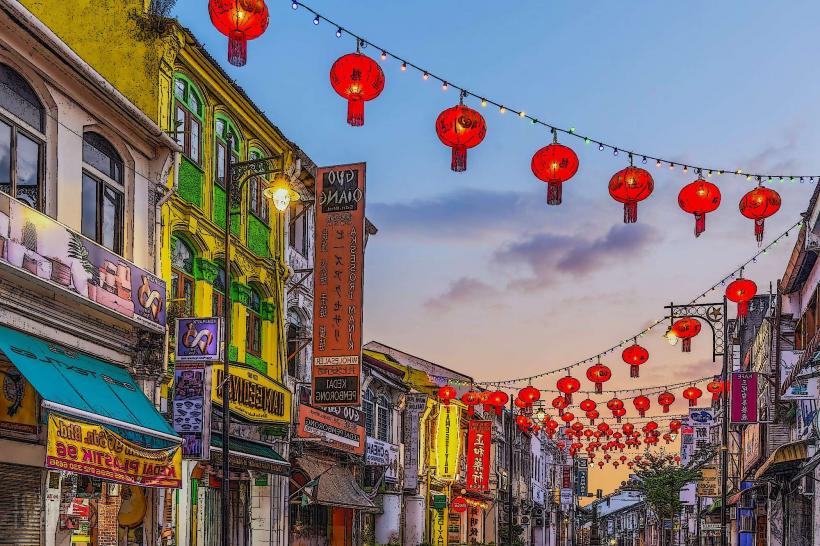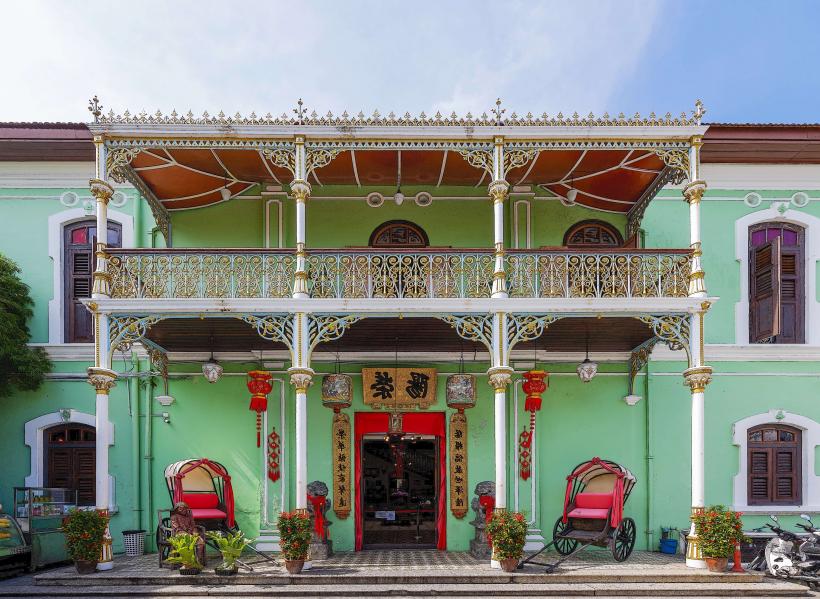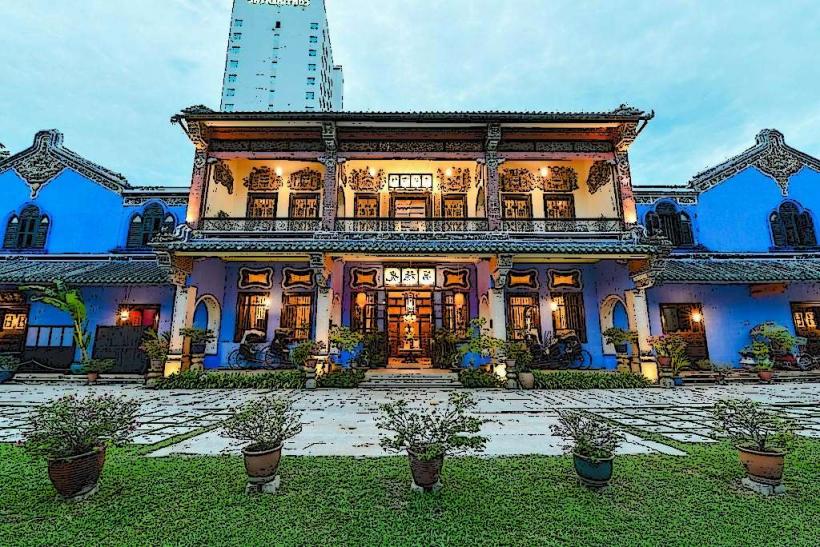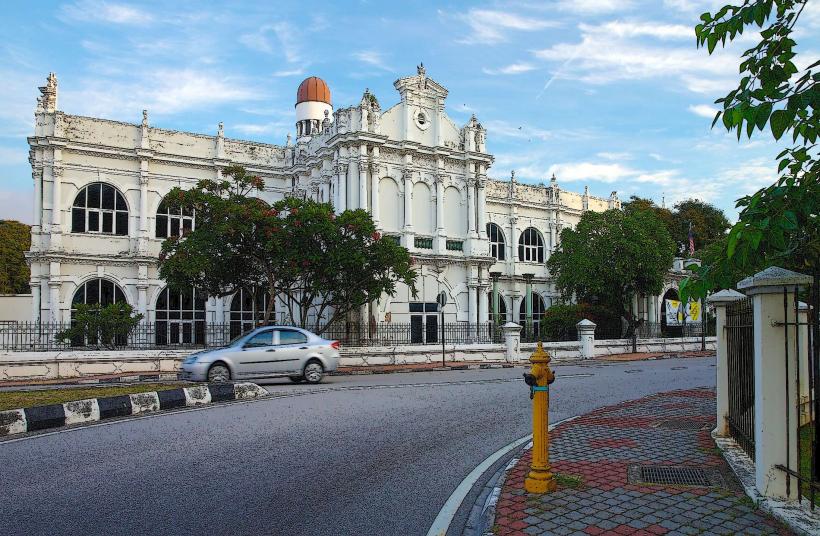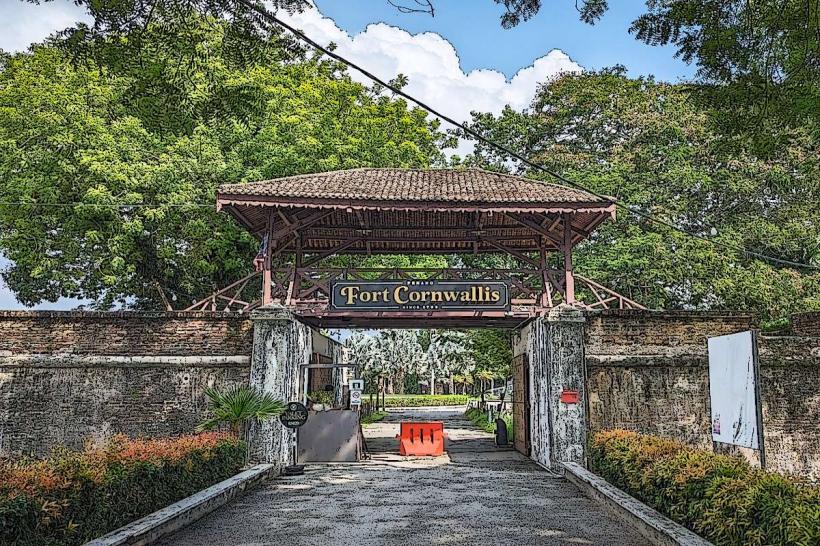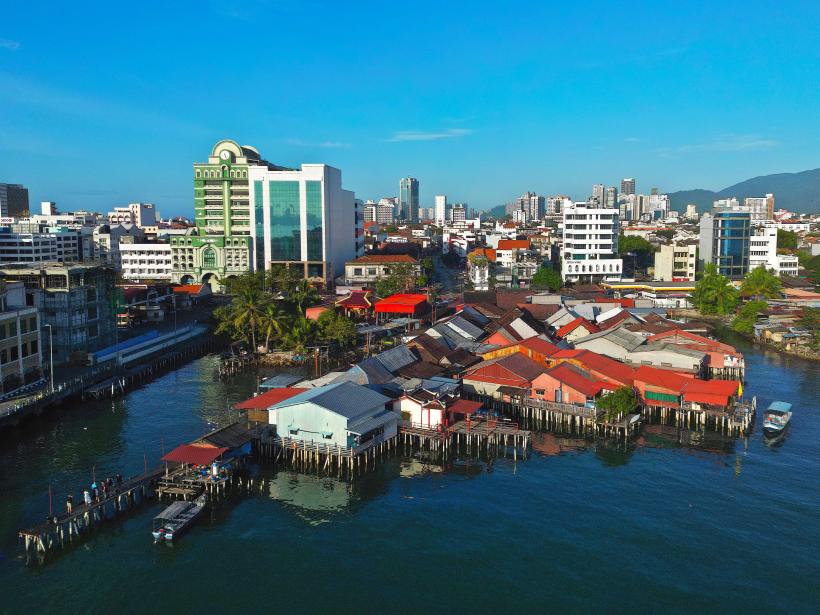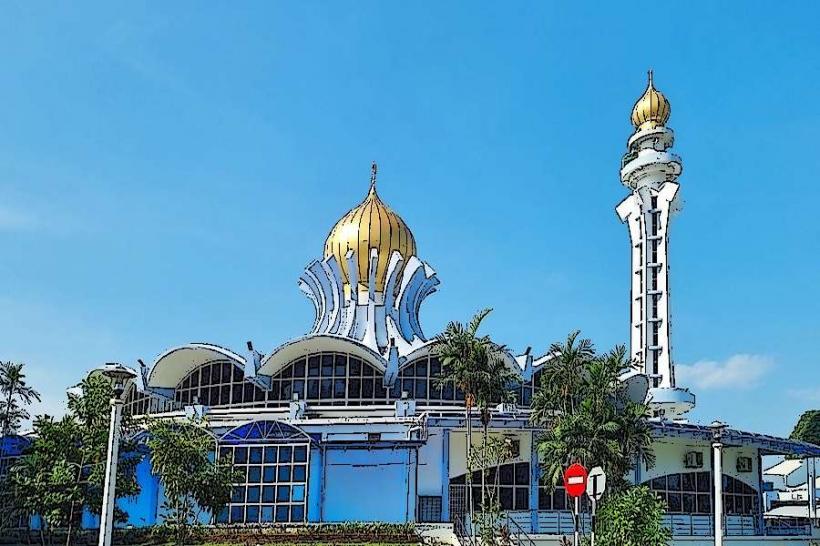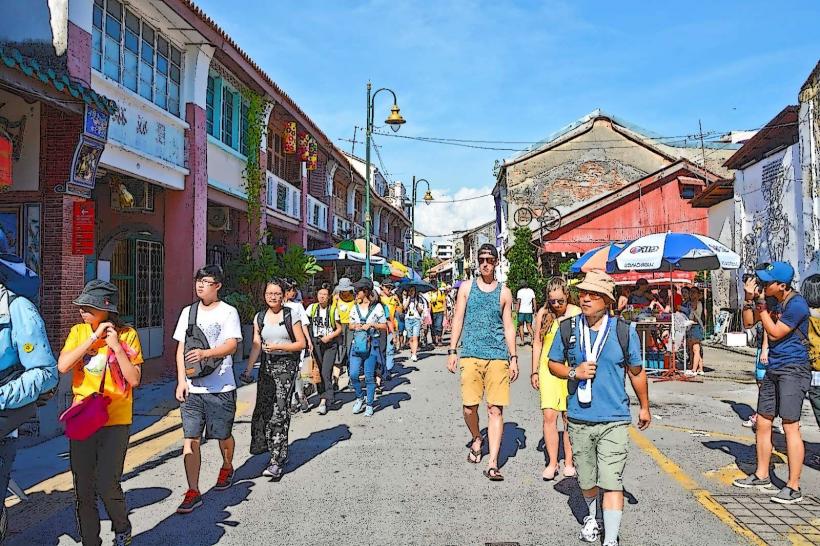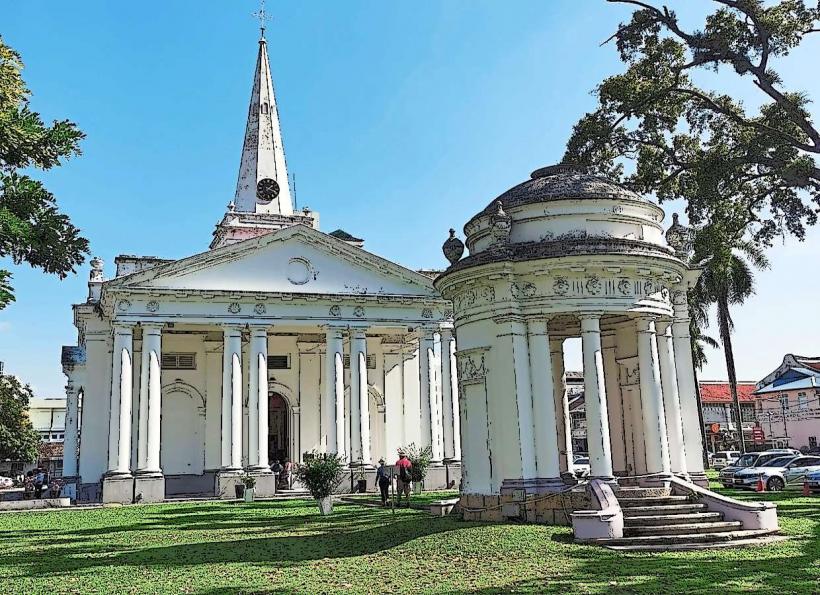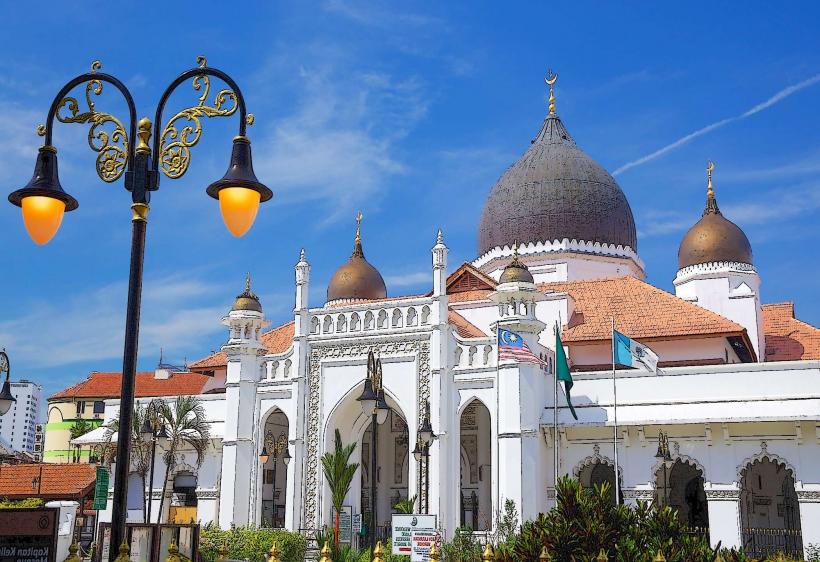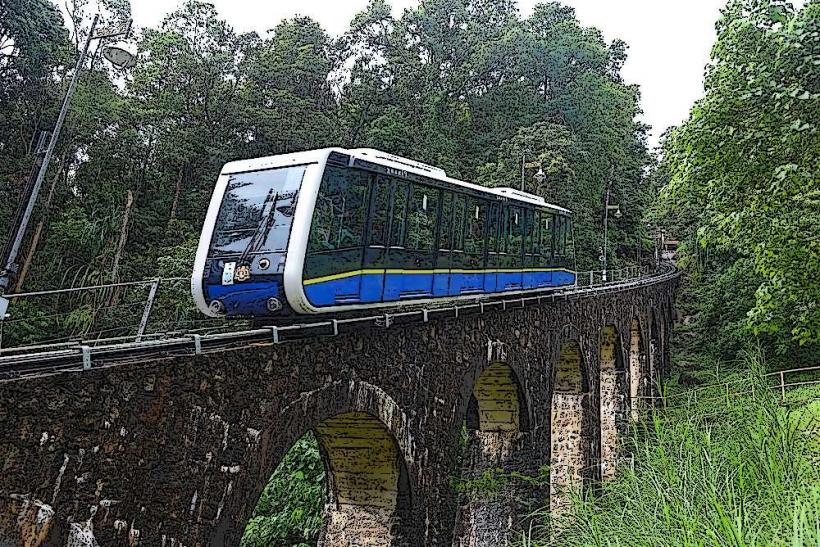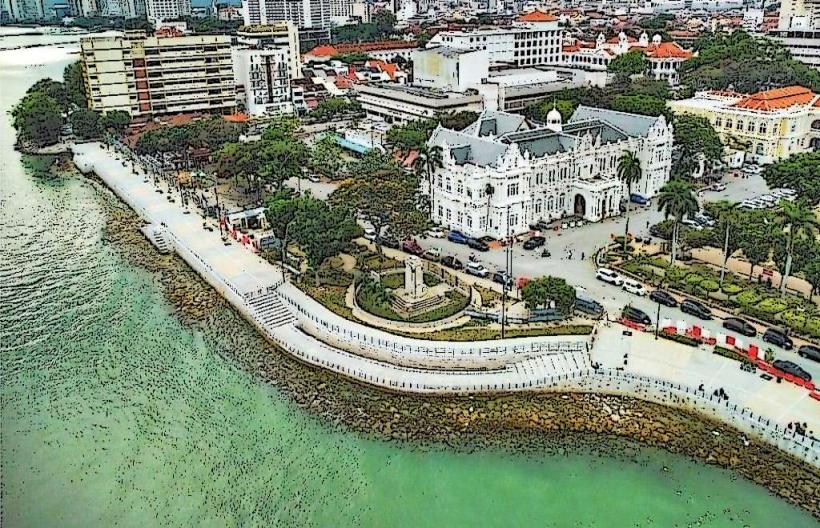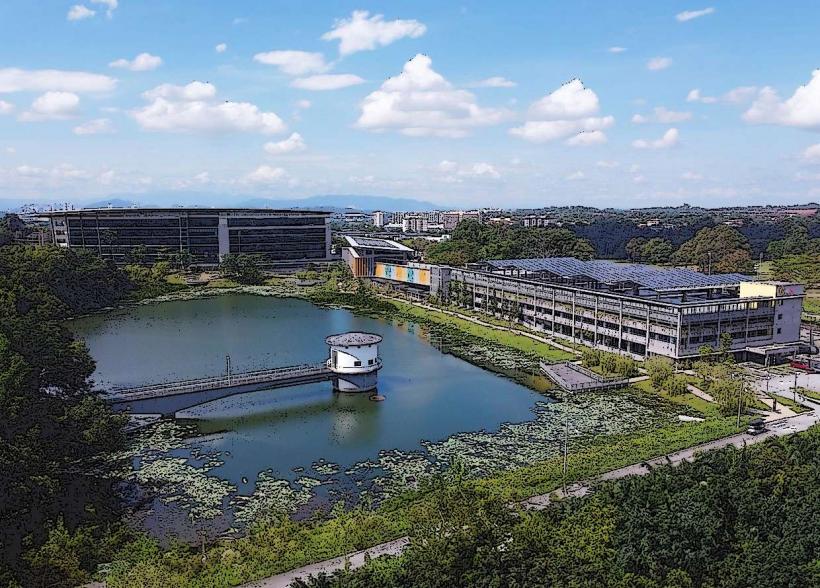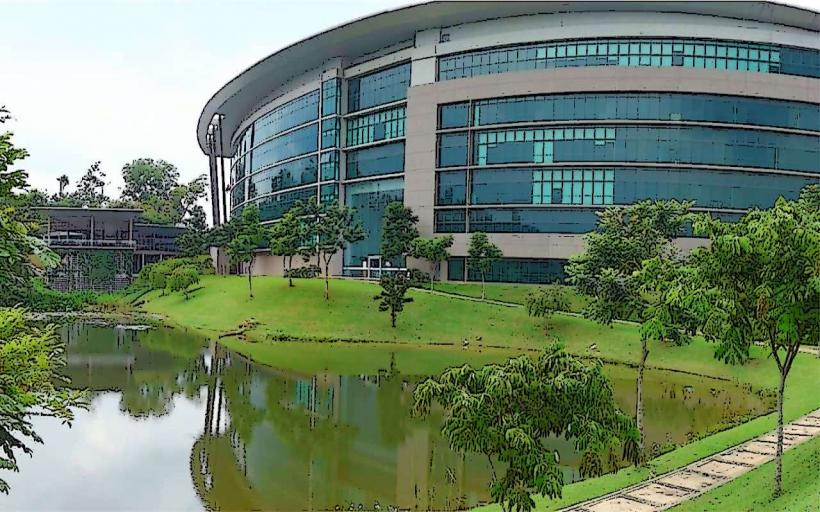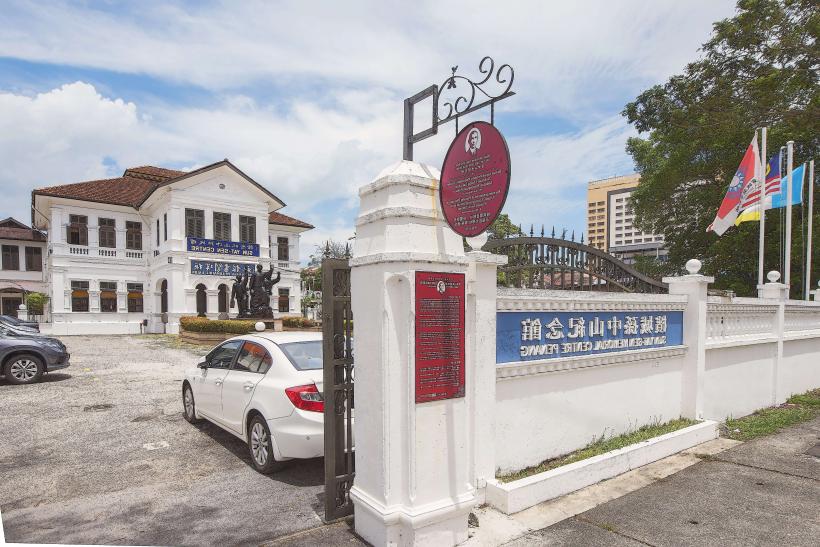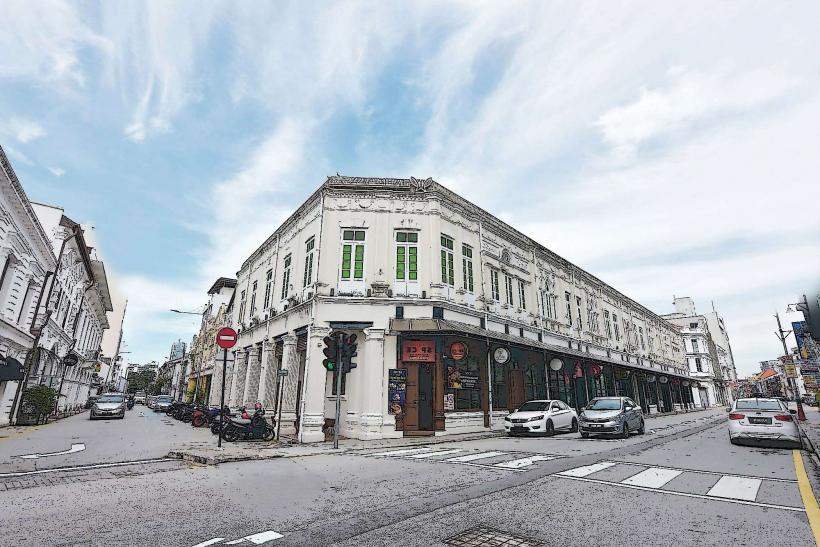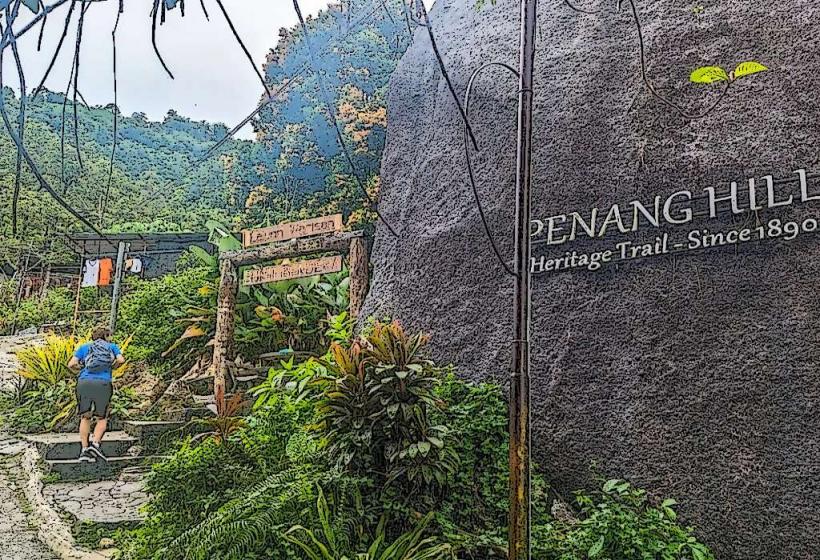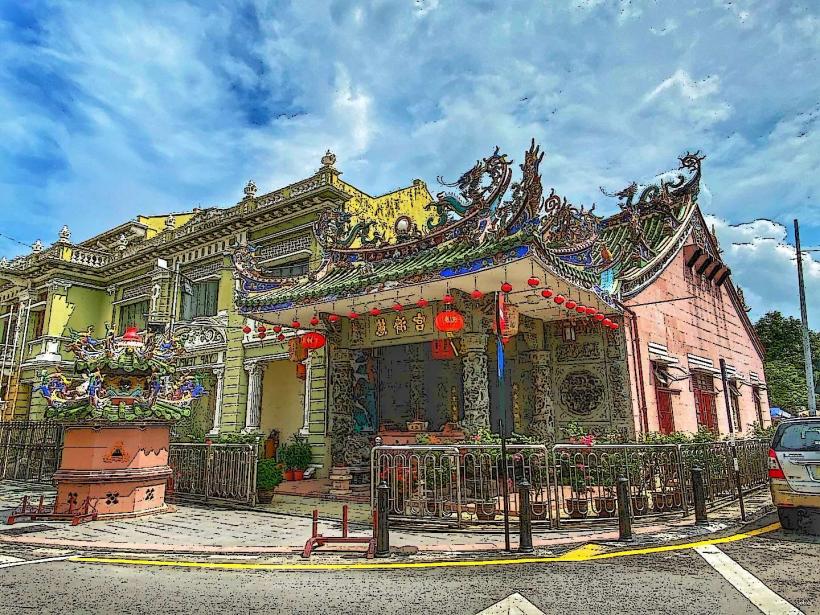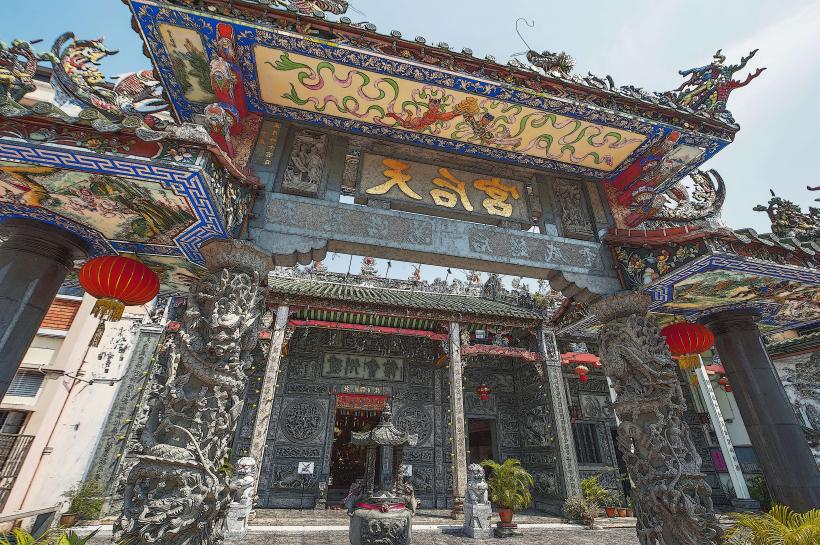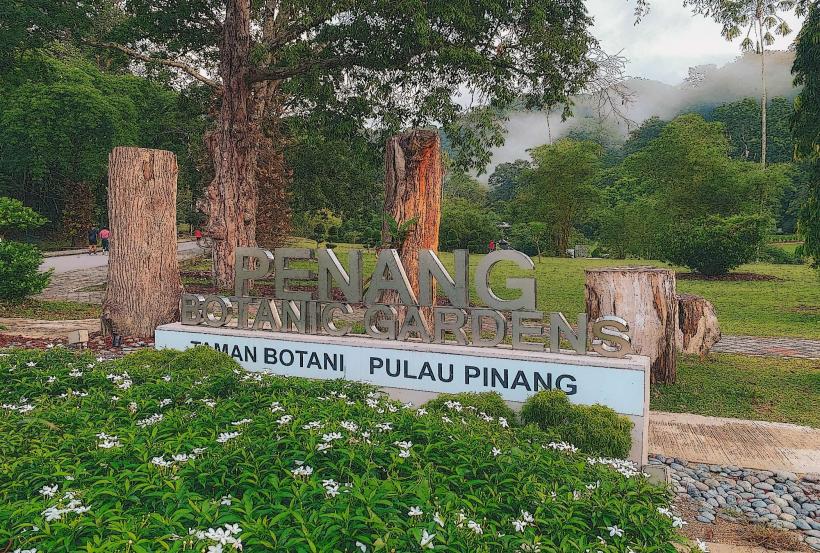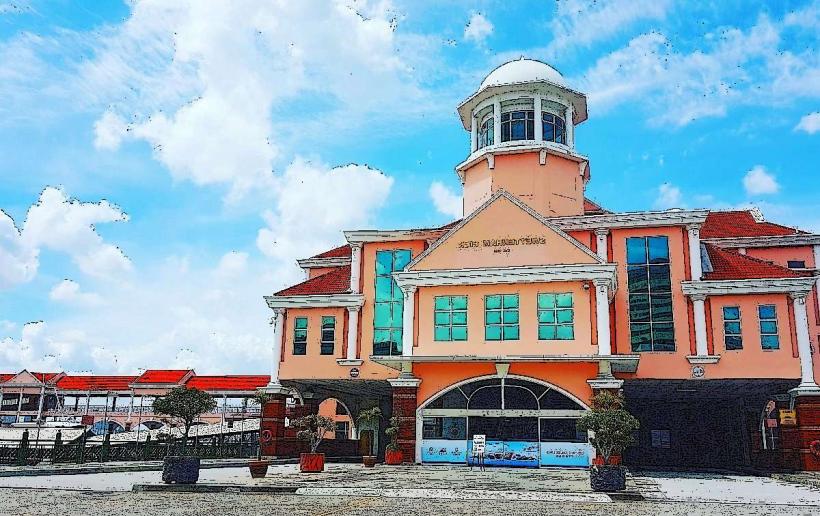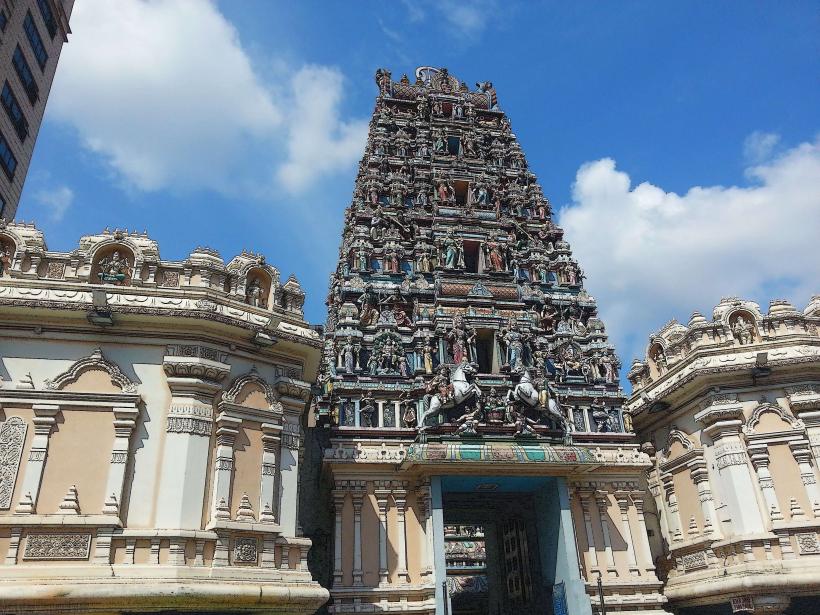Information
Landmark: Khoo KongsiCity: George Town
Country: Malaysia
Continent: Asia
Khoo Kongsi is one of the most iconic landmarks in George Town, Penang, and a significant example of Chinese clan association halls, also known as kongsi. It is a grand Chinese clan house belonging to the Khoo clan, one of the most influential Chinese families in Penang. The Khoo Kongsi is a key historical and cultural site, reflecting the influence of Chinese immigrants in the region, particularly those from Fujian province in China.
1. Overview
- Location: No. 18, Cannon Square, George Town, Penang, Malaysia
- Established: The Khoo Kongsi was originally founded in the early 19th century by the Khoo clan in Penang. The present building was constructed in the late 19th century and completed in 1906.
- Significance: The Khoo Kongsi serves as the home and meeting hall for the Khoo clan members. It is also a center for cultural activities and a symbol of the importance of clan associations within Chinese immigrant communities.
- UNESCO: The Khoo Kongsi is part of the George Town UNESCO World Heritage Site, recognizing its historical, cultural, and architectural value.
2. Architecture and Design
1. Traditional Chinese Architecture
The Khoo Kongsi is an excellent example of traditional Chinese clan house architecture, showcasing a remarkable blend of Fujianese and Peranakan influences. Key architectural elements include:
- Grand Entrance: The entrance of the Khoo Kongsi features a majestic red-painted archway with elaborate wooden carvings depicting various mythological figures, animals, and dragon motifs, symbolizing prosperity, protection, and good fortune.
- Courtyard: Inside, a spacious courtyard is surrounded by the hall itself, offering a central gathering space for members of the clan. The hall is ornately decorated with intricate wooden carvings, stone reliefs, and ceramic tiles.
- Roof: The roof of the Khoo Kongsi is a standout feature, with ceramic roof tiles and a decorative ridge featuring sculptures of dragons, a symbol of power and strength.
- Clan Hall (Main Hall): The main hall is richly adorned with golden calligraphy, red pillars, and carvings of ancient gods and Chinese legends. This hall is used for meetings and ceremonies and features a large altar at the far end dedicated to the clan's ancestors.
- Clan Name Tablet: At the entrance of the hall, a large tablet bears the family name “Khoo,” written in traditional Chinese script, signifying the primary role of this hall as a space for the Khoo clan’s activities.
2. Cultural and Decorative Details
The Khoo Kongsi is famous for its elaborate and intricate carvings, including stonework, woodwork, and tiled murals:
- Stone Carvings: Many of the stone carvings at Khoo Kongsi depict Chinese deities, mythological creatures, and scenes from Chinese folklore. These sculptures symbolize different aspects of Chinese culture, including wealth, protection, fortune, and ancestral worship.
- Wooden Carvings: The wooden beams and pillars of the hall are intricately carved with depictions of animals, dragons, and phoenixes, signifying balance, power, and prosperity. These carvings were created by skilled artisans brought in from China.
- Tiles and Mosaics: The floor tiles and mosaic patterns also bear Chinese motifs, and some are imported from China.
3. The Khoo Family Crest and Symbolism
The Khoo family crest, prominently displayed in the hall, consists of the surname “Khoo” (邱) and represents the family’s lineage and noble ancestry. The crest is surrounded by symbols of longevity, wealth, and harmony, which were vital values for Chinese clan societies.
3. History and Cultural Significance
1. Establishment of Khoo Kongsi
The Khoo Kongsi was founded as a clan association in the early 19th century by the Khoo clan members who had migrated from Fujian province in China. These clan associations were originally created to support new immigrants and offer them a sense of community, identity, and solidarity. The Khoo Kongsi specifically was established as a space for the clan’s gatherings, celebrations, and rituals, including ancestral worship.
2. Role of Clan Associations in Penang
The Chinese clan associations in Penang, such as the Khoo Kongsi, played a critical role in the lives of early Chinese immigrants. They acted as community hubs, providing social support, business networks, and a sense of belonging. The Khoo Kongsi also functioned as a cultural center, where traditional Chinese festivals like Chinese New Year and the Hungry Ghost Festival were celebrated with grandeur.
- Ancestral Worship: The practice of honoring one’s ancestors is a key aspect of Chinese culture, and the Khoo Kongsi served as a space for the Khoo clan to carry out ancestral rites and ceremonies. This practice continues to be an important part of the Khoo family’s traditions today.
3. Penang’s Chinese Heritage
The Khoo Kongsi is one of the most visible symbols of Penang's Chinese heritage, illustrating the long-standing cultural influence of Chinese settlers in the region. The Khoo clan, along with other prominent Chinese clans, helped shape Penang’s economy and society. The architectural style and decorations at Khoo Kongsi reflect the fusion of Chinese traditions with the local Malay and Indian cultures, which has made Penang a culturally diverse and historically significant place.
4. Visitor Information
1. Opening Hours
- Daily: The Khoo Kongsi is open to visitors every day, from 9:00 AM to 5:00 PM.
- Public Holidays: The Khoo Kongsi remains open during public holidays, except for special Chinese festivals and ancestral ceremonies, when access may be restricted.
2. Admission Fees
- Adults: The entrance fee for adults is usually around MYR 10-15.
- Children and Students: Discounts are often available for children and students, with fees typically ranging from MYR 5 to 8.
- Guided Tours: Visitors can opt for guided tours that provide detailed insights into the history, architecture, and culture of the Khoo Kongsi, for an additional fee.
3. Best Time to Visit
- Morning or Afternoon: The Khoo Kongsi is best visited during the early morning or afternoon, when the crowds are smaller and the temperature is cooler.
- Chinese New Year: Visiting during Chinese New Year offers a unique experience, as the Khoo Kongsi is adorned with festive decorations and performances to celebrate the holiday.
5. Nearby Attractions
- Pinang Peranakan Mansion: A museum that offers a glimpse into the Straits Chinese or Peranakan culture and heritage, featuring antiques and traditional dress.
- Khoo Kongsi Street (Cannon Square): The street around Khoo Kongsi is home to other historic buildings, such as the Teochew Temple and small traditional shops selling Chinese handicrafts.
- Armenian Street: A lively street known for its street art, historic buildings, and proximity to the Khoo Kongsi.
6. Interesting Facts
- Architectural Masterpiece: The Khoo Kongsi is often considered one of the most elaborate clan houses in Malaysia, with its extensive use of carved woodwork, stone sculptures, and ceramic tiles.
- Rich Clan History: The Khoo clan is one of the oldest and wealthiest Chinese families in Penang, with a legacy that spans several generations.
- Symbol of Unity: The Khoo Kongsi serves as a symbol of unity for the Khoo clan members, providing a place to celebrate ancestral rituals and preserve family history.
The Khoo Kongsi is not only a significant historical landmark but also a testament to the rich cultural heritage of the Chinese community in Penang. Its stunning architecture, vibrant cultural significance, and connection to the Khoo clan’s legacy make it an essential stop for anyone interested in learning more about George Town’s past and the broader cultural history of Malaysia.

